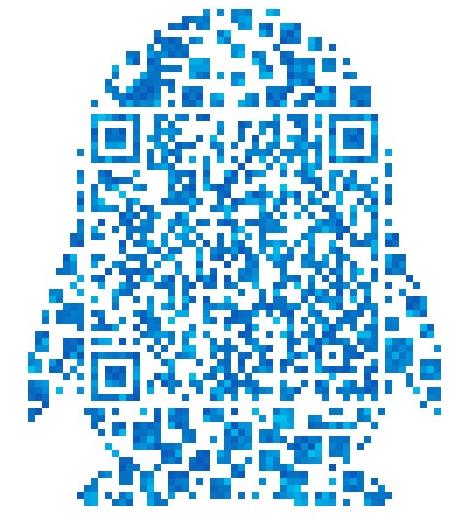kinect传感器的场景三维重建(附件)
目录
摘要 1
关键词 1
Abstract 1
引言
1 选题背景 2
1.1 问题的提出 2
1.2国内外研究状况 2
1.2.1国外研究状况 2
1.2.2国内研究状况 2
2 开发平台及应用技术 2
2.1 Kinect 2
2.2 OpenNI 3
2.3 Microsoft Visual Studio 2010 3
2.4 MATLAB 3
3 实验流程 4
4 数据获取及处理 4
4.1 数据采样 4
4.1.1 点云 4
4.1.2 获取点云 5
4.2 数据预处理 5
4.2.1去除无效点 5
4.2.2 基于体素化栅格的下采样滤波 6
4.2.2.1 简介 6
4.2.2.2 算法分析 6
5 配准还原 8
5.1 简介 8
5.2 总体流程 9
5.3 参数和结果分析 9
6 分割 11
6.1 平面分割 11
6.1.1 随机采样一致性算法(RANSAC) 11
6.1.2 结果分析 12
6.2 障碍物分割 14
6
*51今日免费论文网|www.jxszl.com +Q: %3^5`1^9`1^6^0`7^2#
.2.1 KdTree 14
6.2.1.1 简介 14
6.2.1.2 构造算法 15
6.2.1.3 构造实例 15
6.2.2 欧氏聚类分割 17
6.2.2.1 简介 17
6.2.2.2 实验结果 17
7 障碍物投影 17
7.1 原理与实验过程 18
7.2 实验结果 18
8 障碍物拟合 19
8.1 最小二乘法拟合 19
8.1.1 拟合思路 19
8.1.2 计算过程 19
8.1.3 结果展示 21
9 曲面重建 22
9.1 法线估计 22
9.1.1 简介 22
9.1.2 实验结果 23
9.2 平滑 23
9.3 泊松重建 24
9.3.1 算法原理 24
9.3.2 实验结果 24
9.4 贪婪三角化 25
10 基于人工势场法的移动机器人路径规划 26
10.1人工势场法简介 26
10.2 算法分析 26
10.3 结果分析与演示 28
10.3.1情景1 28
10.3.2 情景2 31
11 不足与展望 33
11.1 不足 33
11.2展望 34
致谢 34
参考文献 34
附录A 34
基于Kinect传感器的场景三维重建
3D Reconstruction of Reality Scene Based on Kinect Sensor
Student majoring in network engineering LIN Xin
Tutor XIE Yuancheng
Abstract:Threedimensional reconstruction of realistic scene is conducted based on Kinect somatosensory camera and a twodimensional map is generated according to that. Meanwhile, the path planning and simulation of mobile robots under the obstacles based on the map is realized. Firstly, OpenNI frame is used to drive the Kinect in order to obtain the multi frame point cloud data from several degree angles of view. And then the invalid points are removed from cloud points under the sampling and other filtering operation. Point clouds are used for ICP registration, making the multiple point clouds to be transformed to the same coordinate system through the matrix transformation in the next step. The subsequent work is to carry out plane extraction from the original point clouds, obstacle clustering segmentation, obstacle fitting, etc. After that, resampling, smoothing and other operations of point clouds are done to eliminate errors and point cloud redundancy. Later on, the generated scene is reconstructed by greedy triangulation and poisson reconstruction. Finally, the 3D map is projected onto the 2D plane and the path planning of mobile robots based on the artificial potential field method is realized on the Matlab platform. The experiment indicates that the implement of 3D visual navigation based on Kinect is a feasible and lowcost strategy.
原文链接:http://www.jxszl.com/jsj/wljs/46049.html



